Menu
|
This time last week I had just returned from FETC trying to detox from the excitement that comes from being at a conference. It doesn’t matter if it is an EdCamp, local conference, or large conference there is always something that you can ‘take away’ when you meet up with other educators and other schools. I recently came back from FETC (http://fetc.org/ ) in Orlando and everyone at my school wants to know what I learned and what we can use immediately. The thing is, for me, it isn’t always a quick process. I like to ‘sleep on’ the information I learn, process it, and reflect on it thinking about how I can use it at my school. We hear great projects and resources at conferences but I think that the best usage comes when you think about how a tool would work for your population. Ask yourself, “Is it the best tool for your population?” If you believe that technology is personal, as I do, then you know that not every amazing thing is right for every classroom. The idea that technology is personal is something I was thinking about as I was going off to FETC. I was really lucky that for FETC I was invited to the ‘Executive Summit.’ I love that on our tags it even said, “People Who Get It.” If you are ever invited, take the opportunity to meet some of the other innovative educators with great vision. The speakers were amazing during this preconference. A special shout out goes to @JenWomble for putting the session together. Here were some of my personal notes (In no particular order:)
 Vendors: There is so much anticipation for the conference floor to open. I always notice that many run to the big vendors or go booth to booth for freebies. Me? I prefer to head straight to the newbies that stand at small little tables. That’s where I try to guess where the edtech is going next. I love to ask the vendors (who are often the inventors/owners) what their inspirations are. I love to ask them tough educational questions and try to guess what a product will look like when it gets to a more polished level.
As a side note to all of the other teachers I met…Maker can be anywhere. You can start small, even in the corner of a classroom. When I started I didn’t have a room for Innovation, I had a table in the corner of a computer lab. (That’s right, I started by doing ‘centers’ in a computer lab. It is possible.) I met tons of people who were as passionate as I and are trying to figure out the combinations of Maker, STEM, STEAM, Coding, Robotics, Problem Based Learning, etc. in the elementary setting. Now you know why my brain hurts because it is a ton to process. Since we have to wait a whole year to go to another FETC, L you may want to check out theeducationcalendar.com which lists several upcoming ways to meet with other educators all over the country. If you enjoyed this post please click the vendors on the side. Thank you.
I'd love to hear what your 'take aways' were from FETC or other conferences below.
0 Comments
Leave a Reply. |
AuthorDebra Jacoby, J.D. Archives
January 2024
|
Proudly powered by Weebly

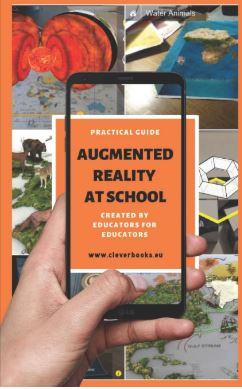
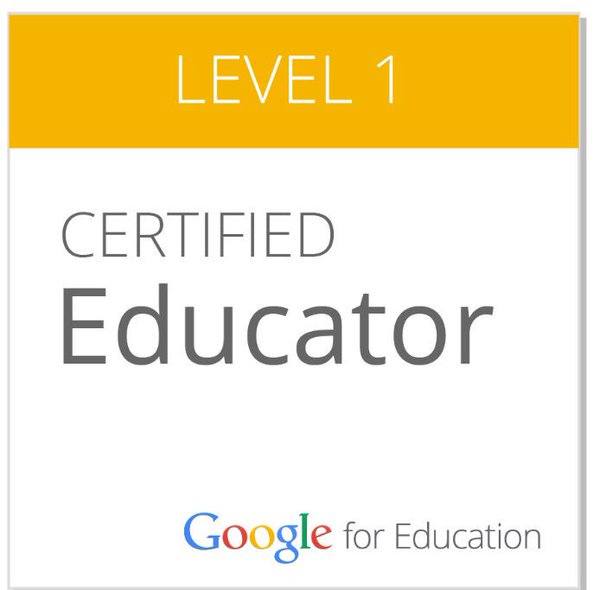
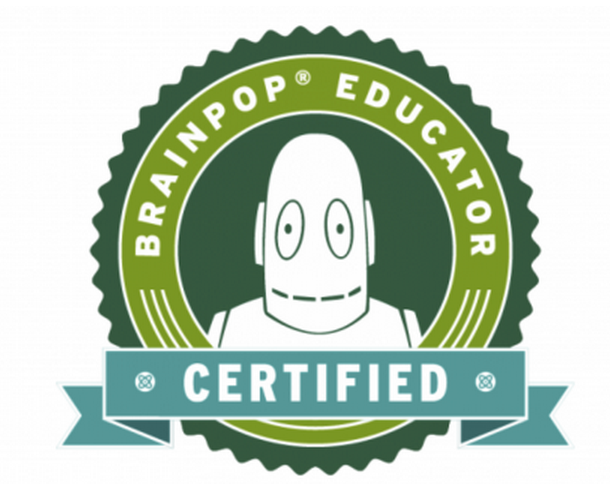
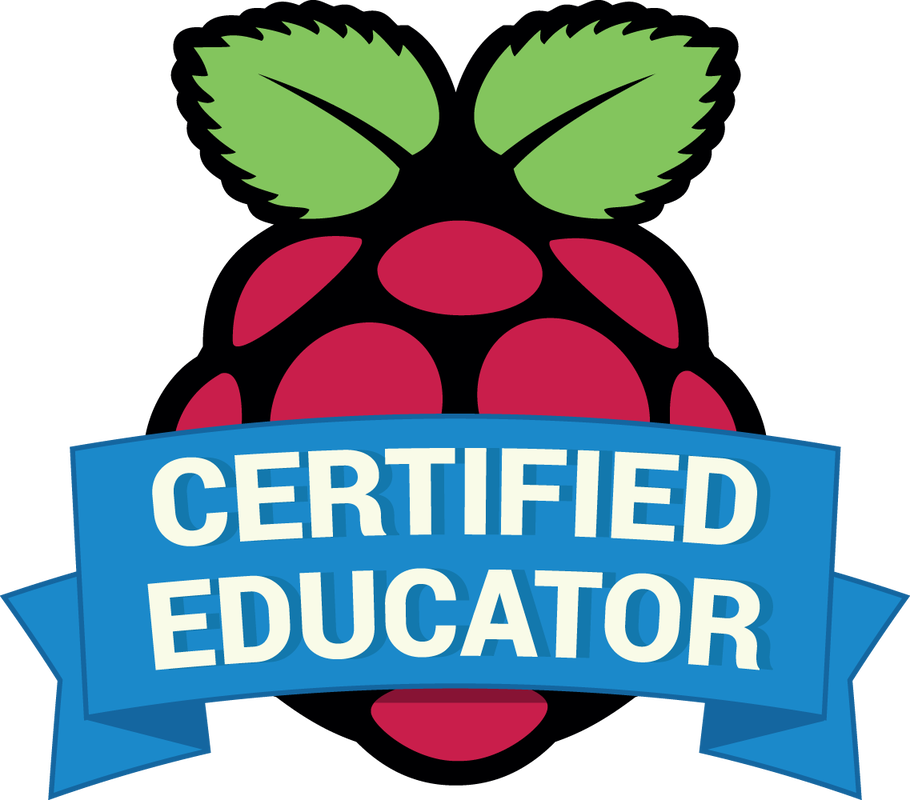


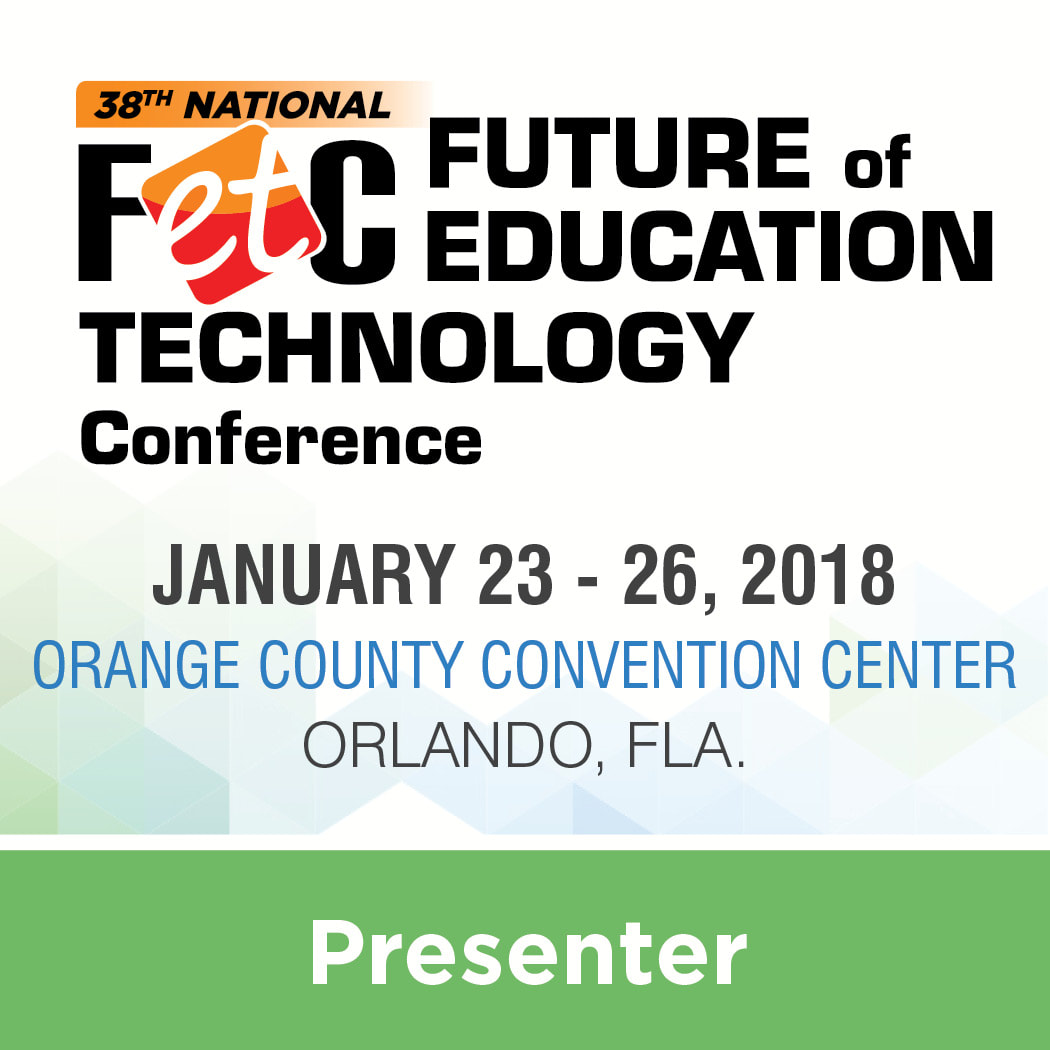
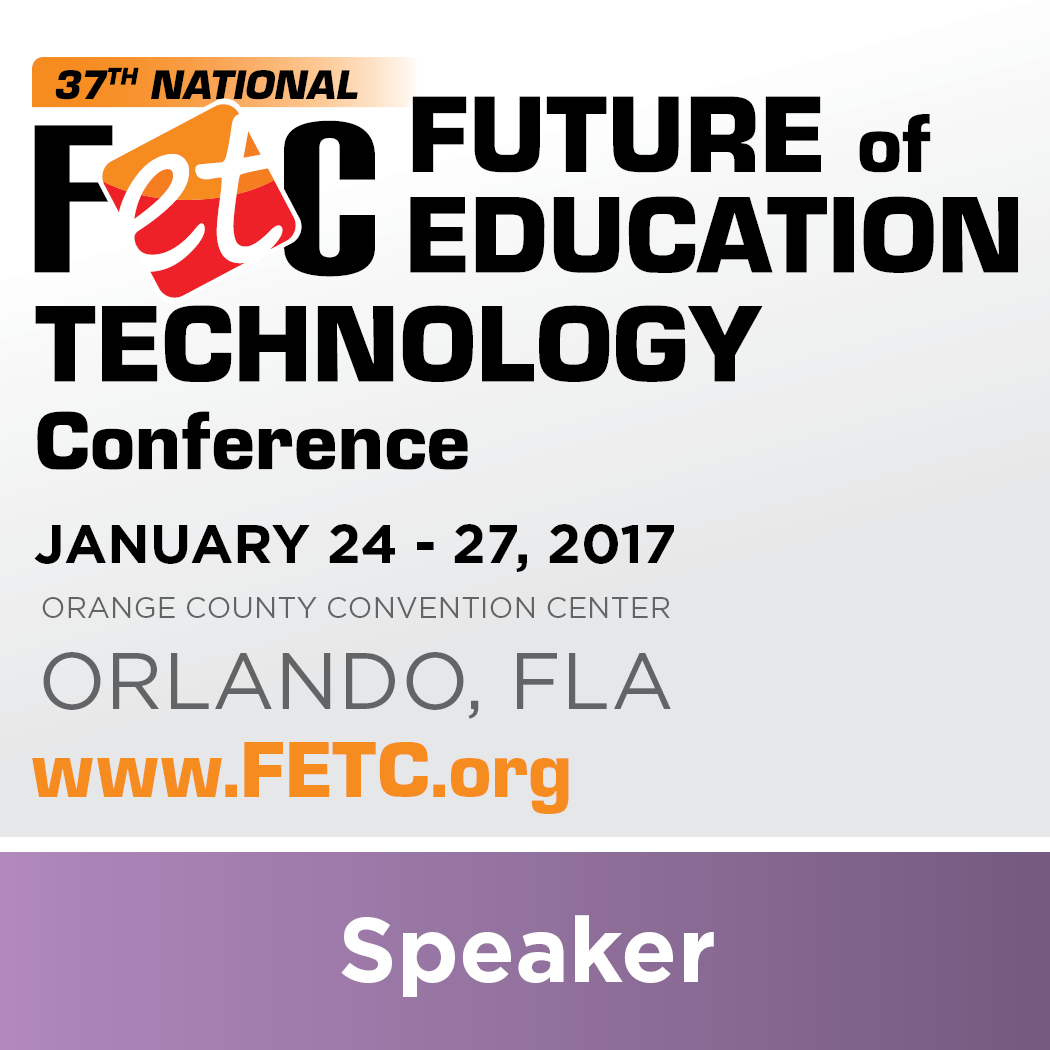


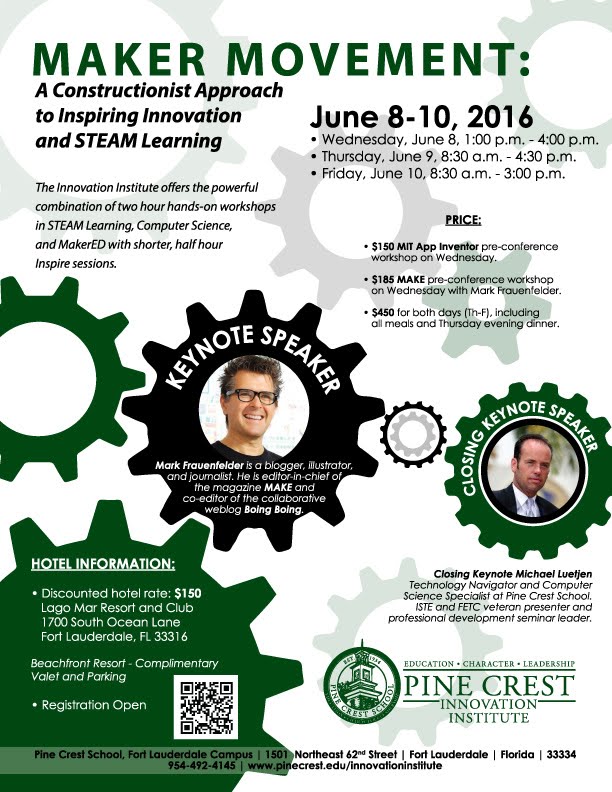
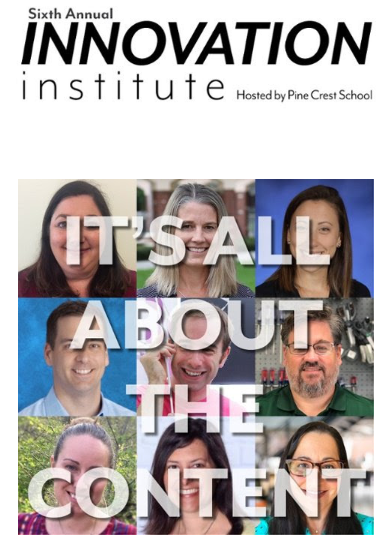

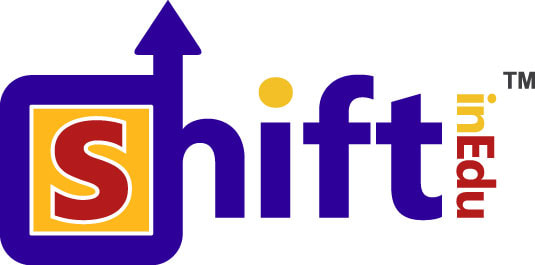
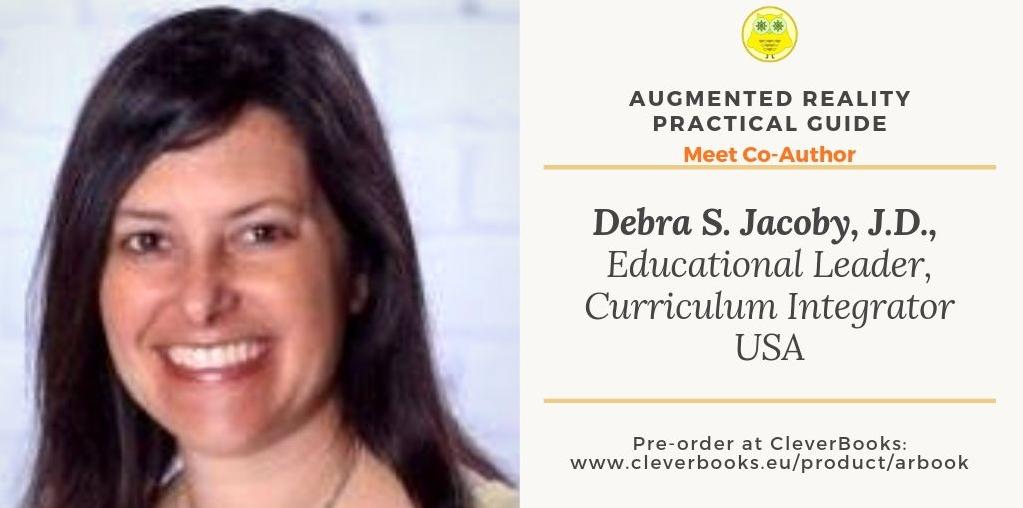
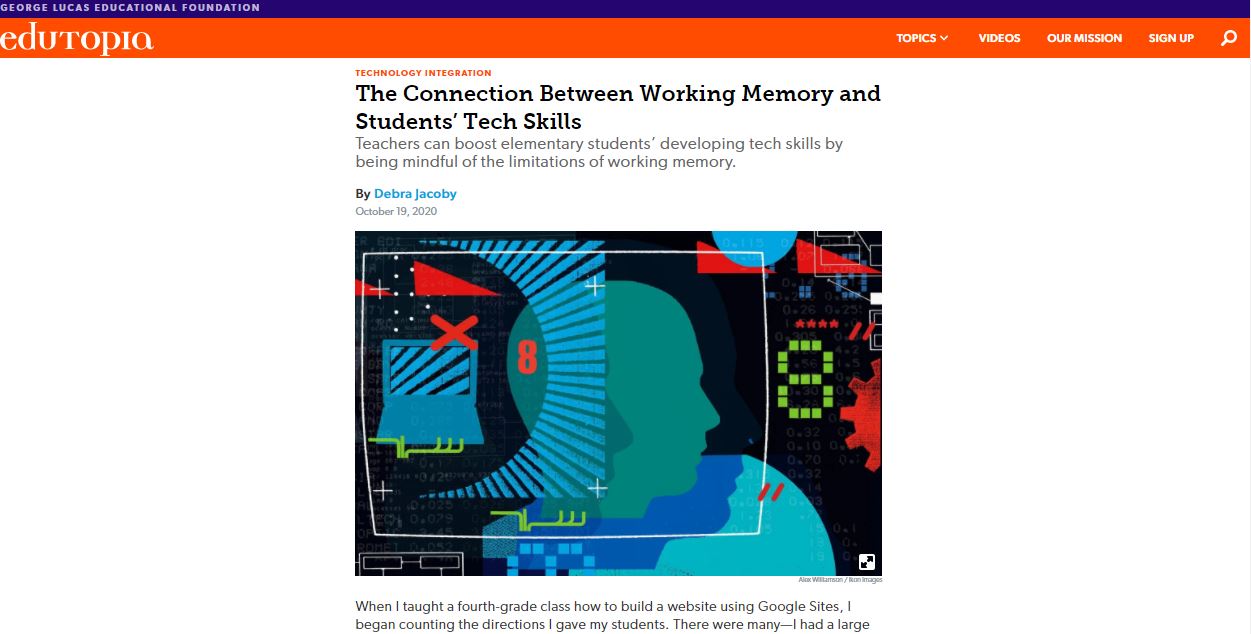
 RSS Feed
RSS Feed